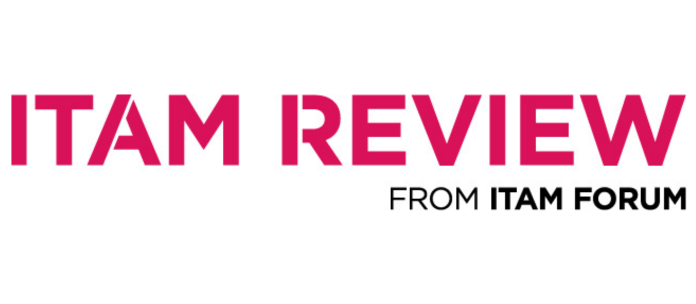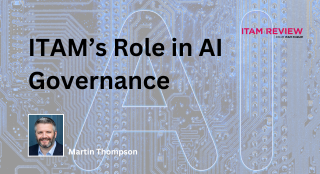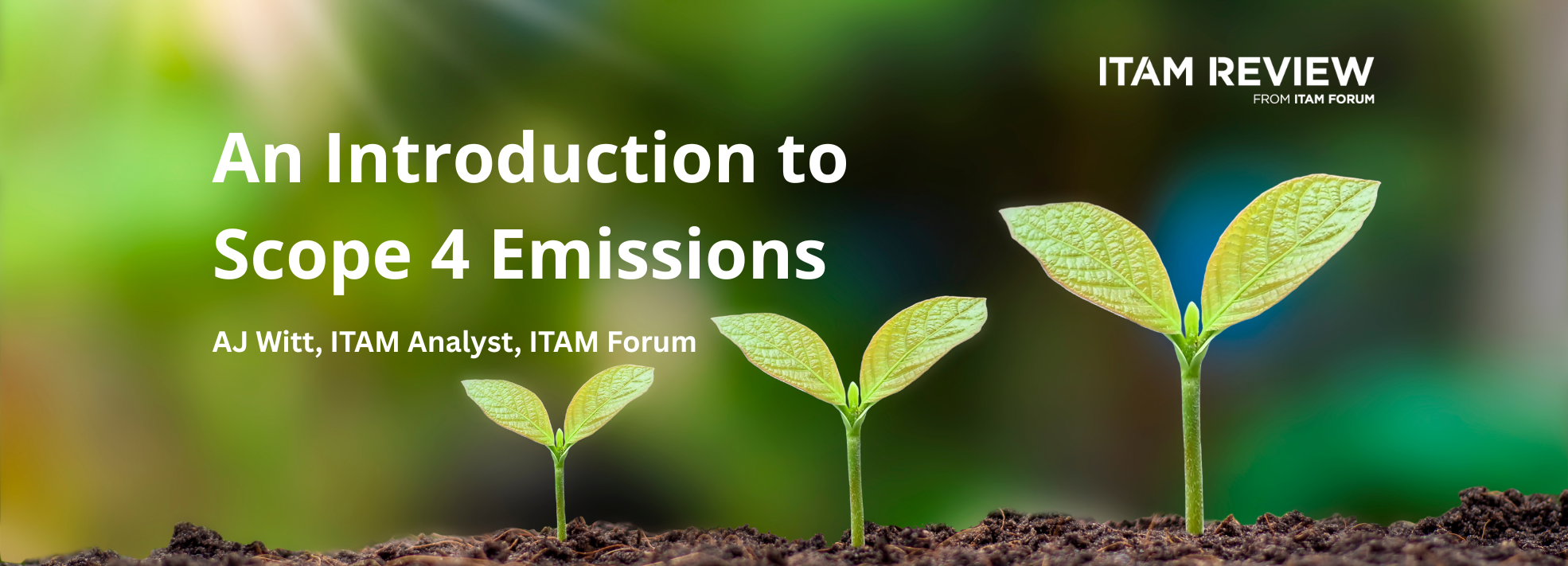Sophos Cloud Optix – you can’t secure what you can’t see
Sophos, the British FTSE 250 security company, have launched a dedicated public cloud security product – Cloud Optix.

Cloud Security
As many benefits as the public cloud can provide, it can also offer an equal – perhaps greater – number of potential security threats. Managing assets in the cloud becomes a different proposition – with multiple cloud providers such as Amazon, Microsoft, and Google, and the ability to turn things on/off at the click of a button, it can be difficult to know a) what you have and b) where it is.
What does it do?
Sophos’ new offering aims to simplify the security management of multiple cloud environments by offering a “single pane of glad” – and it looks to have some benefits for ITAM too.
According to Sophos, Cloud Optix is “an agentless solution [that provides] complete network inventory, topology visualization and continuous asset monitoring” across Amazon AWS, Microsoft Azure, and Google Cloud Platform (GCP).
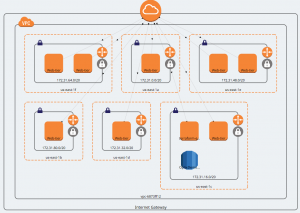
Cloud topology diagram via Cloud Optix online demo
It starts to generate a picture of the three cloud providers and shows what elements are live, such as:
- Public access security groups
- SQL Servers
- Azure Databases
- Amazon S3 Storage
- Containers
- User Accounts
According to the online materials, Cloud Optix will also highlight unused resources although, from playing around with the online demo, this appears to only look at unattached network security groups.
Regulatory Compliance
The service also monitors for regulatory compliance against such standards as:
- CIS Benchmark – Center for Internet Security
- SOC2 – Service Organisational Control 2
- HIPAA – Health Insurance Portability and Accountability Act
- GDPR – General Data Protection Regulation
- PCI DSS – Payment Card Industry Data Security Standard
- ISO 27001 – Information security management systems
- FEDRAMP – Federal Risk and Authorization Management Program
using a range of out of the box policies. Interestingly, the bulk of these are Amazon AWS only, with just CIS, PCI DSS, and SOC2 being available for Microsoft Azure, and just CIS for Google Cloud Platform.
GDPR
The policy focuses on 2 specific articles of this EU regulation, “Article 25 – Data Protection by Design & Default” and “Article 32 – Security of Processing”. There are 10 rules used to address both GDPR elements; they’re mainly focused on encryption such as:
- Encryption for Amazon S3 buckets
- Encryption for EBS volumes
- Encryption at rest for RDS instances and Redshift clusters
PCI DSS
This features 12 different rules in Azure (31 in AWS) across 4 elements of the PCI DSS regulation, covering various points such as:
- Extending firewall protections
- Restricting internet access to SQL servers
- Encrypting storage services
- Setting log retention to over 365 days
General
Policies can also be customised where needed and “Guardrails” can be set to prevent certain changes taking place within your public cloud systems:
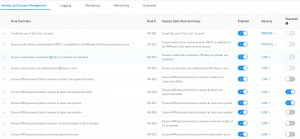
Security policies and guardrails via https://www.sophos.com/en-us/products/cloud-optix.aspx
And inbuilt integrations with services such as Jira and ServiceNow help CloudOptix fit into existing workflows.
The Cloud Optix dashboard gives an overview of alerts – ranked by severity – and shows in which cloud provider and environment the problem exists.
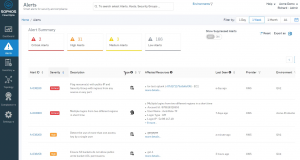
The alerts dashboard via https://www.sophos.com/en-us/products/cloud-optix.aspx
Any use for ITAM?
Yes, this is very much a security product but some of the information it provides can certainly be useful for ITAM purposes. Being able to get a total overview of resources across your Amazon, Microsoft, and Google public cloud environments may enable the identification of duplicate resources and also help with identifying things where they shouldn’t be – i.e. SQL servers in AWS when your policy says “all SQL server must be in Azure”.
This is a great opportunity to talk to your security team and discuss how you can work together. Even if they don’t intend to use Cloud Optix, you can use this as a starting point to understand how their other tool/s – for they surely must have such a tool soon if they wish to maintain security in the cloud – can plug into ITAM too.
Further Reading
Sophos Announcement – https://news.sophos.com/en-us/2019/04/09/sophos-cloud-optix-is-solving-the-toughest-challenges-in-public-cloud-security/
Cloud Optix site –https://www.sophos.com/en-us/products/cloud-optix.aspx
Can’t find what you’re looking for?
More from ITAM News & Analysis
-
The M&S Cyberattack: How IT Asset Management Can Make or Break Your Recovery
Marks & Spencer (M&S), the iconic UK retailer, recently became the latest high-profile victim of a devastating cyberattack. Fellow retailers The Co-Op and Harrods were also attacked. Recent reports suggest the rapid action at the Co-Op ... -
AI in ITAM: Insightful Signals from the Front Line
During our Wisdom Unplugged USA event in New York in March 2025, we engaged ITAM professionals with three targeted polling questions to uncover their current thinking on Artificial Intelligence—what concerns them, where they see opportunity, and ... -
A New Chapter for ITAM in China
Why ITAM has struggled to take root, and why I believe that’s about to change. Executive Summary Current ITAM Ecosystem in China. China, despite being the world’s second-largest enterprise software market, shows limited ITAM awareness and ...
Podcast
ITAM training
Similar Posts
-
The M&S Cyberattack: How IT Asset Management Can Make or Break Your Recovery
Marks & Spencer (M&S), the iconic UK retailer, recently became the latest high-profile victim of a devastating cyberattack. Fellow retailers The Co-Op and Harrods were also attacked. Recent reports suggest the rapid action at the Co-Op ... -
AI in ITAM: Insightful Signals from the Front Line
During our Wisdom Unplugged USA event in New York in March 2025, we engaged ITAM professionals with three targeted polling questions to uncover their current thinking on Artificial Intelligence—what concerns them, where they see opportunity, and ... -
How ISO/IEC 19770-1 Can Help Meet FFIEC Requirements
In the world of ITAM, the regulatory spotlight continues to intensify, especially for financial institutions facing increasing scrutiny from regulatory bodies due to the growing importance of IT in operational resilience, service delivery, and risk management. ... -
An Introduction to Scope 4 Emissions
Executive Summary For ITAM teams, sustainability is a core responsibility and opportunity. Managing hardware, software, and cloud resources now comes with the ability to track, reduce, and report carbon emissions. Understanding emission scopes—from direct operational emissions ...
